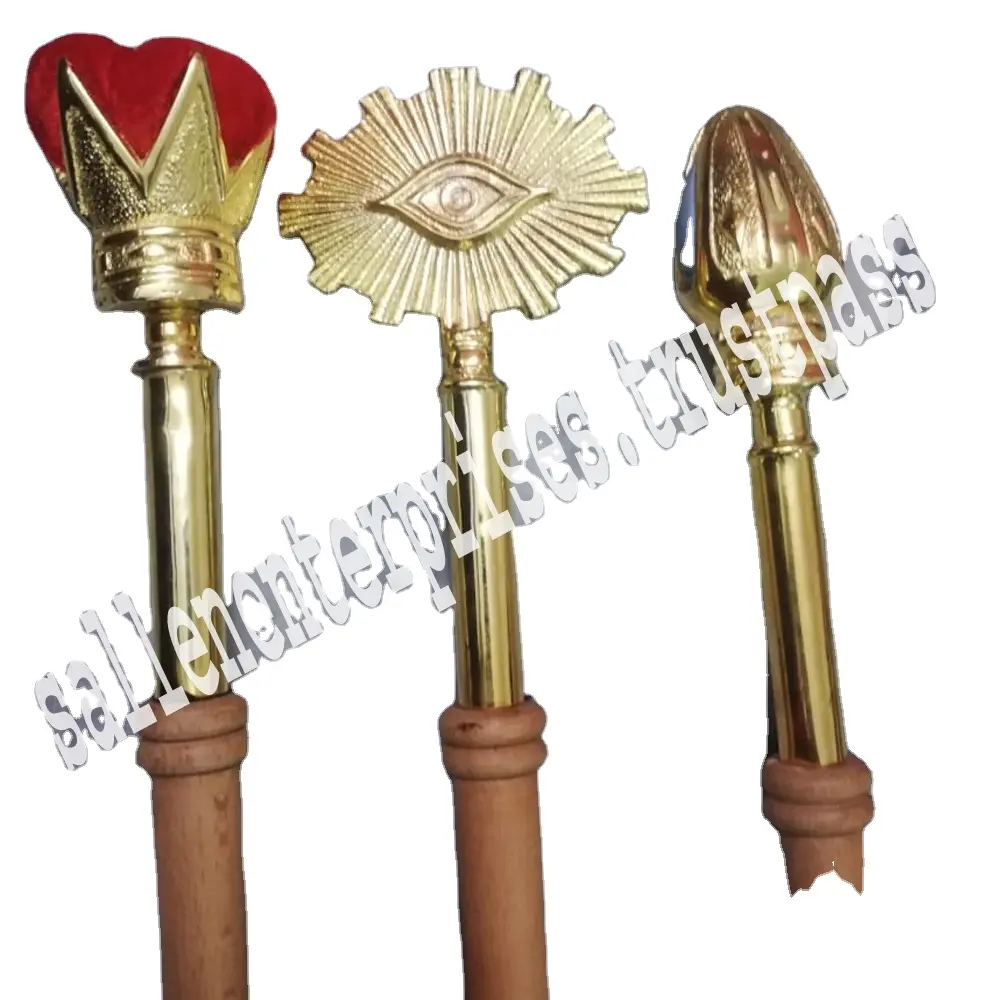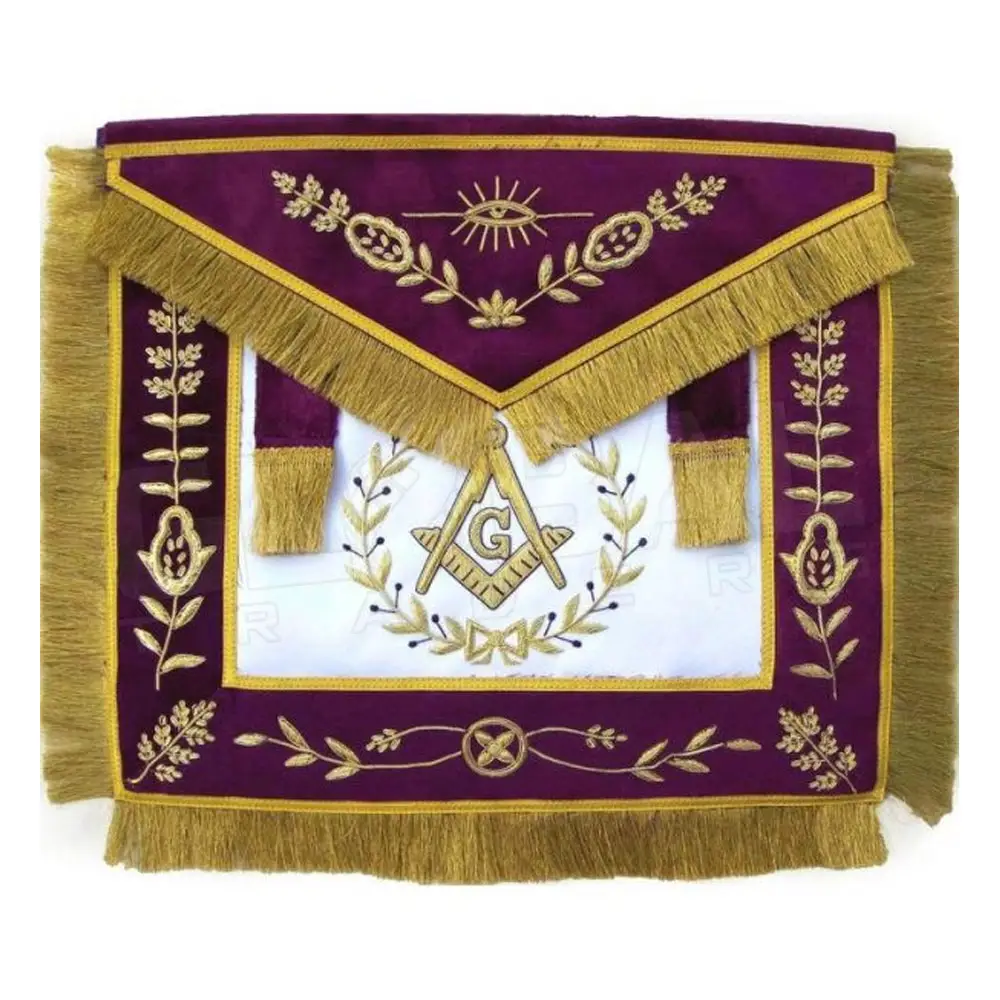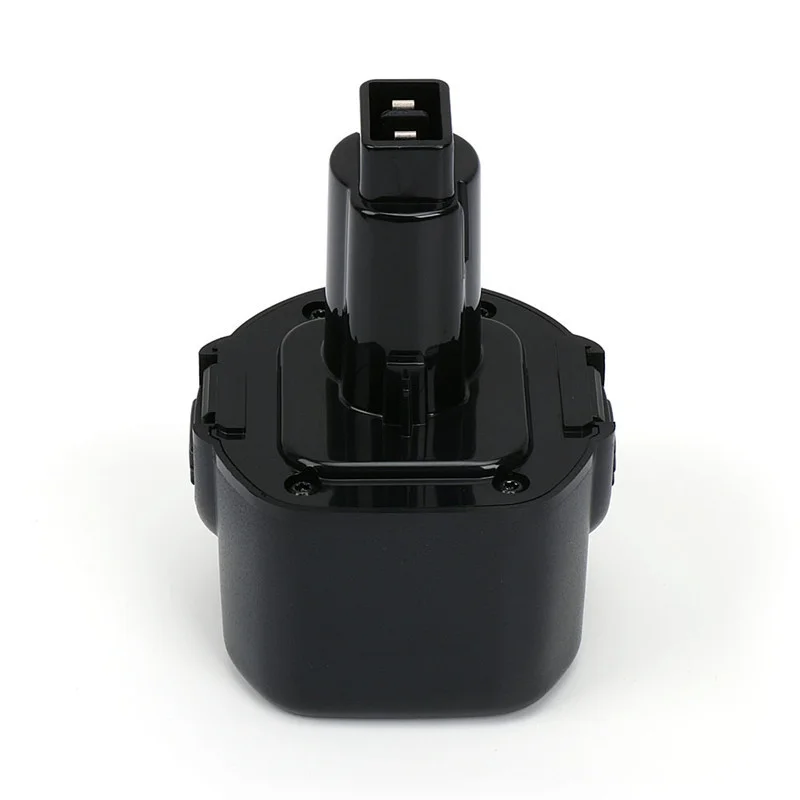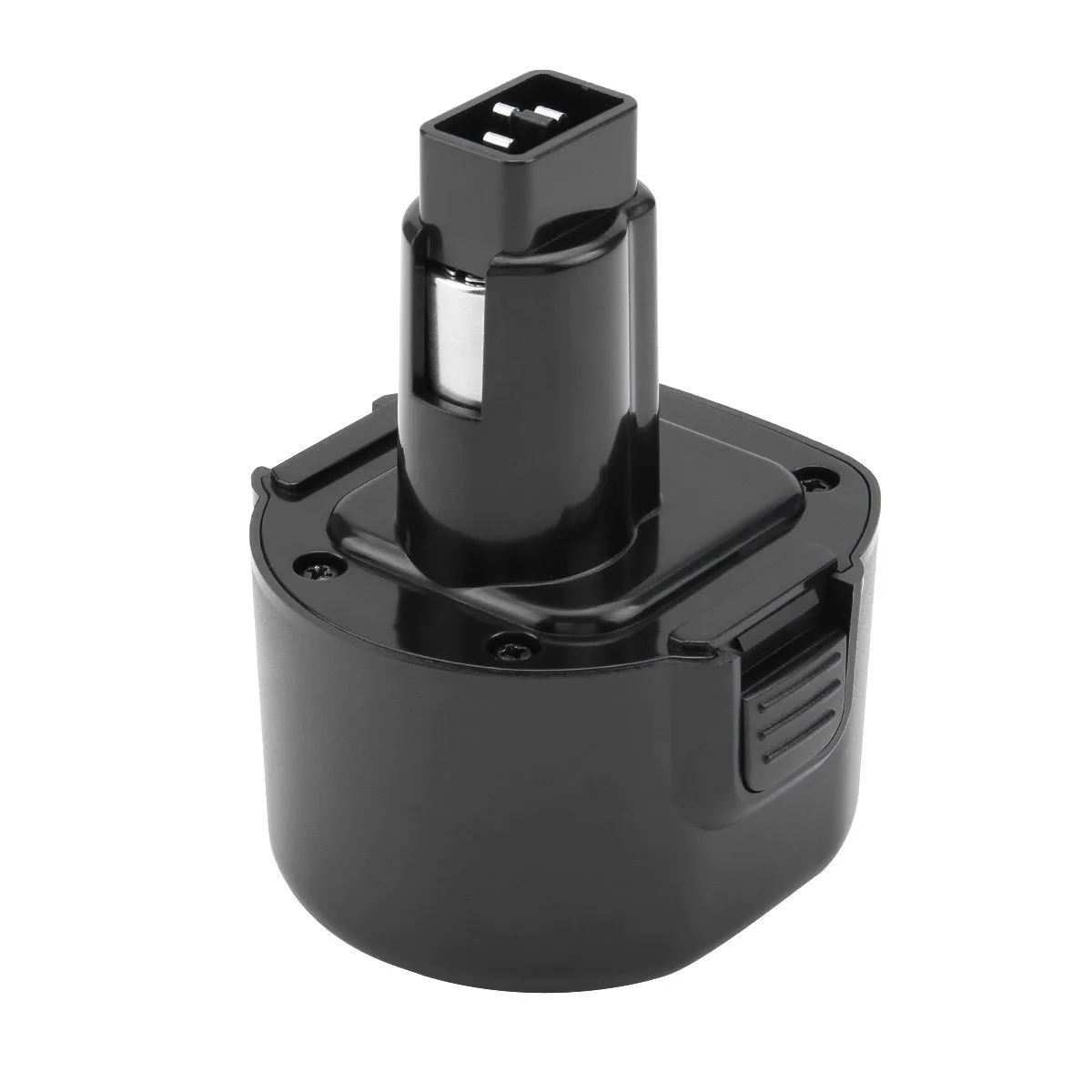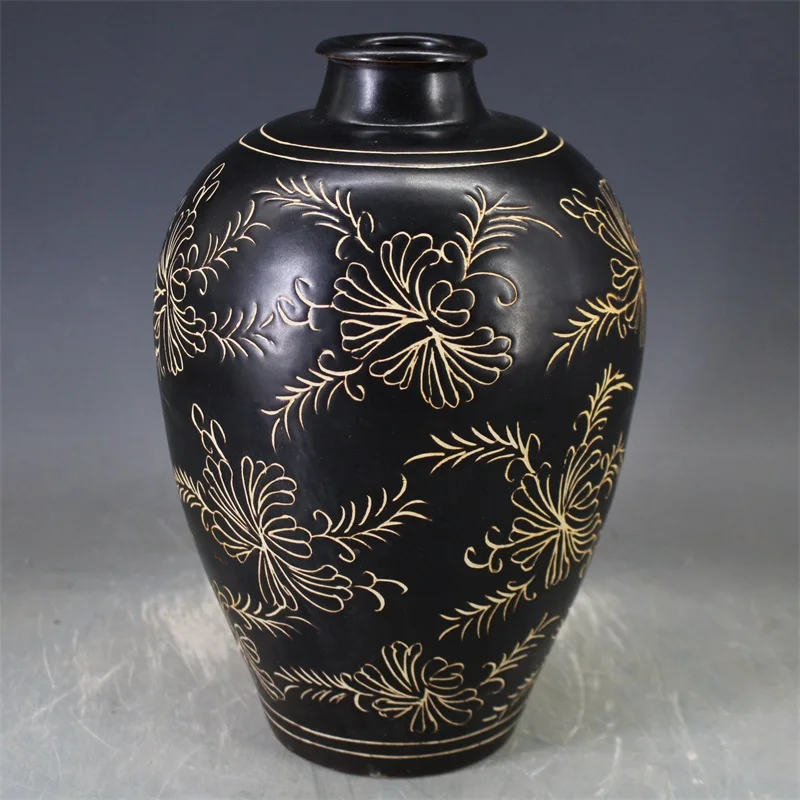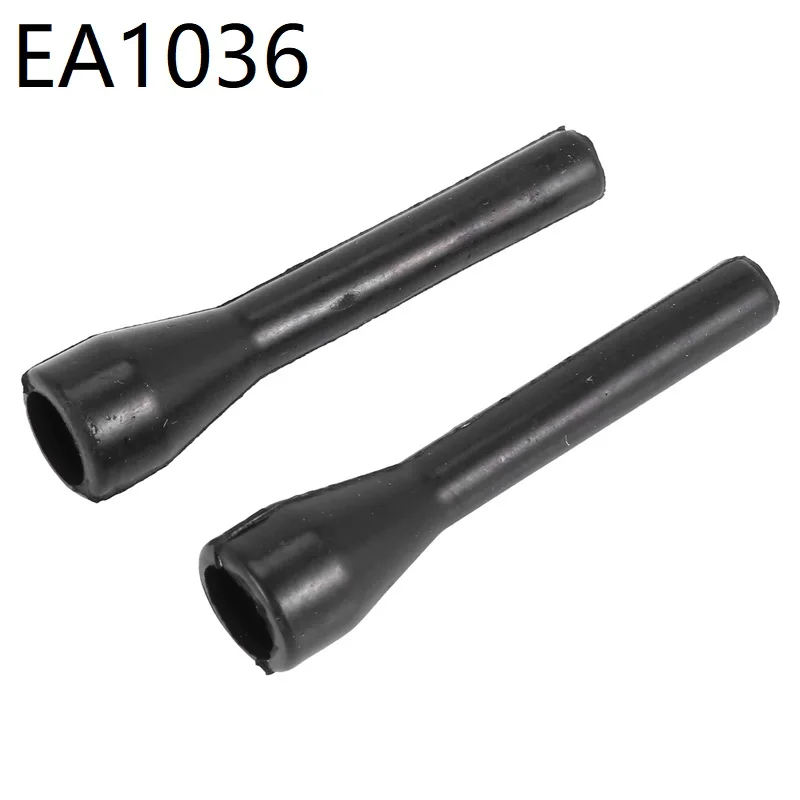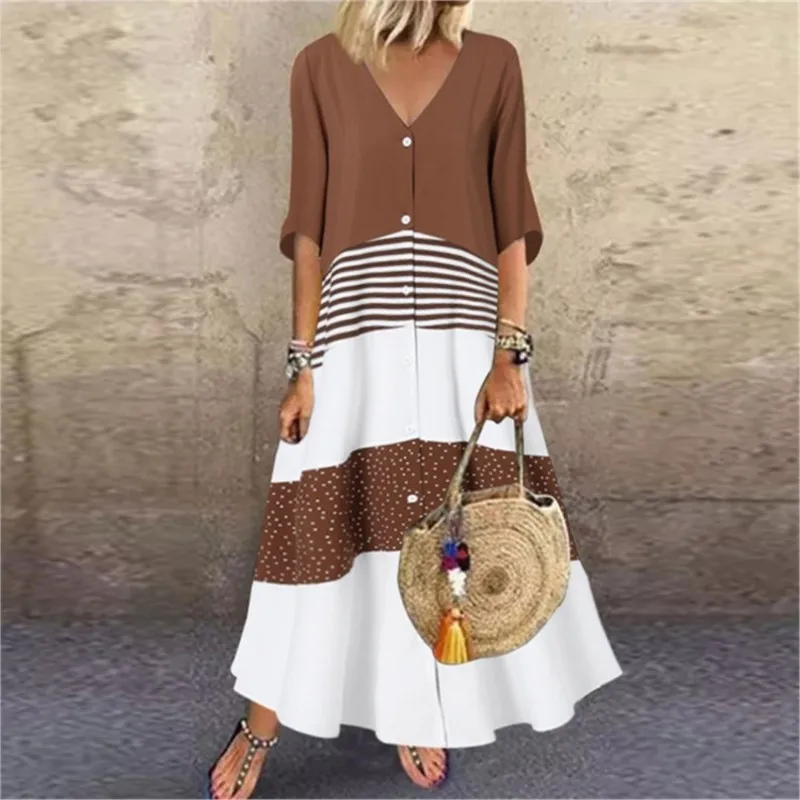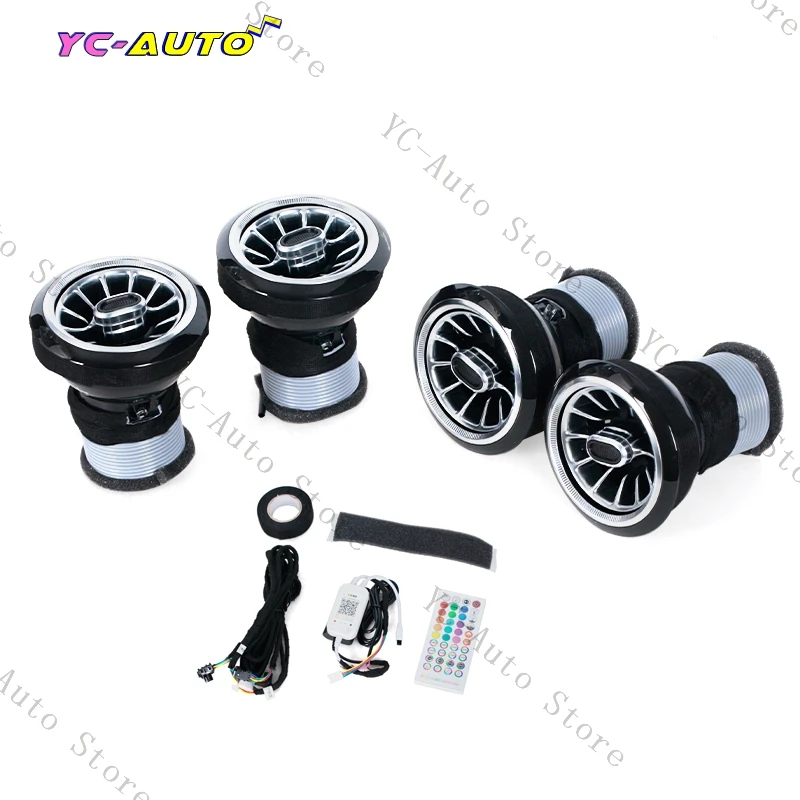Вышивка крестиком на карпа новейшая Вертикальная вышивка для гостиной спальни крыльца ручная «сделай
- Категории: Embroidery Crafts >>>
- Поставщик: Weifang,Yuntu,E-Commerce,Co.,Ltd.
Поделиться:
Описание и отзывы
Характеристики
Products Description
Brand Name | Yuntu |
Model Number | E0005 |
Material | Textile & Fabric |
Type | Canvas |
Style | Folk Art |
Technique | Printed |
Use | Holiday Decoration & Gift |
Theme | diy cross stitch |
Place of Origin | China |
Product name | cross stitch kits |
MOQ | 10sets |
Package | PVC Bag |
Lead Time | 7~15 Days |
PAYMENT | Trade Assurance |
CERTIFICATE | SGS EN71 |
Sample | 5~7 Days |
Design | Accept Customized |
Accessories | Needle Threader |
Color | Multi Colors |




What is cross stitch?
Cross stitch is a form of counted thread embroidery that has been around for ages, and it is one of the easiest forms of hand embroidery to learn. Cross stitch is comprised of X-shaped stitches done on fabric with an even and open weave like Aida or linen. Designs can be traditional or modern or anywhere in between.

A beginner's guide to cross stitch
Cross stitch is making a comeback among modern makers and crafters. Learning how to cross stitch is easy, and these instructions for beginners will get you stitching in no time!
Follow these steps to learn the basics of cross stitch.
Step 1: Reading a cross stitch chart
A cross stitch chart tells you everything you need to know about where to stitch and what color to use. The grid on a cross stitch chart corresponds to the grid created by the weave of the fabric, and each colored square on the chart represents a cross stitch.
A combination of colors and symbols in the squares (or symbols only if the chart is black-and-white) tell you which color of floss to use. Use the chart legend to map the symbols to the floss colors.
A combination of colors and symbols in the squares (or symbols only if the chart is black-and-white) tell you which color of floss to use. Use the chart legend to map the symbols to the floss colors.

Step 2: Prepare your fabric
Cross stitch can be done on a number of different fabrics, but the most common are Aida and linen. Both are woven fabrics that have a tendency to fray when cut. Before you start stitching, it is a good idea to bind the edges particularly if you are stitching a large project that will require lots of handling.
To minimize fraying, sew the edges with a zig-zag stitch or use a serger if you have one. If you don’t want to sew the edges, you can also bind them with masking tape.
To minimize fraying, sew the edges with a zig-zag stitch or use a serger if you have one. If you don’t want to sew the edges, you can also bind them with masking tape.

Step 3: Find the center of your fabric
To find the center of your fabric, fold it in half one way and then fold it in half the other way. Pinch and crease the center
point to mark it. You can place a pin in the center or make a small stitch to further mark the center point.
Step 4: Using a hoop or frame
There are lots of different styles of embroidery hoops and frames available. Whether you use one or not is up to you. Beginning stitchers may find it easier to put their fabric in an embroidery hoop.
To use a hoop, first loosen the screw and separate the two rounds. Place the round without the screw flat on a table or work surface. Lay the fabric over the hoop making sure the center of the fabric is in the center of the hoop. Place the other round over the fabric and press it down so the fabric is sandwiched between the two hoops. Gently pull the fabric taut as you tighten the screw on the hoop. Don’t pull the fabric too tight or it will distort the weave of the fabric.
To use a hoop, first loosen the screw and separate the two rounds. Place the round without the screw flat on a table or work surface. Lay the fabric over the hoop making sure the center of the fabric is in the center of the hoop. Place the other round over the fabric and press it down so the fabric is sandwiched between the two hoops. Gently pull the fabric taut as you tighten the screw on the hoop. Don’t pull the fabric too tight or it will distort the weave of the fabric.
Step 5: Prepare your thread
Pick the color of floss you are starting with and cut a length about 18 inches long. If you go much longer than this, the thread is more likely to get knotted when you stitch.
Most embroidery floss is made up of six strands of thread twisted together. Depending on the fabric you are using, you will
typically stitch with only one or two strands at a time.
To separate out a strand, hold the floss with one hand and pinch the end of one strand with the other. Gently and slowly pull the strand up and out until it is separated from the remaining strands. Only pull one strand at a time. Pulling multiple strands may cause the floss to knot.
Most embroidery floss is made up of six strands of thread twisted together. Depending on the fabric you are using, you will
typically stitch with only one or two strands at a time.
To separate out a strand, hold the floss with one hand and pinch the end of one strand with the other. Gently and slowly pull the strand up and out until it is separated from the remaining strands. Only pull one strand at a time. Pulling multiple strands may cause the floss to knot.
Step 6: Thread your needle
Cross stitch is typically done using a round-end tapestry needle. The size you use depends on your fabric. If you are stitching a kit, use the needle that came with it. If not, see this article on choosing a needle for cross stitch.
Thread your needle just as you would a needle for hand sewing. Don’t make a knot in the tail end. You will stitch over the tail as you work to secure it without needing a knot. As a general rule, you want to avoid using knots when cross stitching because they can leave lumps in the final piece.
Cross stitch is typically done using a round-end tapestry needle. The size you use depends on your fabric. If you are stitching a kit, use the needle that came with it. If not, see this article on choosing a needle for cross stitch.
Thread your needle just as you would a needle for hand sewing. Don’t make a knot in the tail end. You will stitch over the tail as you work to secure it without needing a knot. As a general rule, you want to avoid using knots when cross stitching because they can leave lumps in the final piece.
Step 7: Making a row of cross stitches
Cross stitch is generally worked in rows going from left to right. Refer to your stitching chart to figure out where you want to begin stitching.
Starting from the back side of the fabric, bring your needle up through a hole toward the front, leaving about an inch of thread at the back. You will cover the tail with your stitches as you work to secure it.
Next pass your needle through a hole diagonally across from where you started to make a slanted half cross stitch (/). Be sure to hold on to the tail at the back of the fabric so it doesn’t slip through.
Cross stitch is generally worked in rows going from left to right. Refer to your stitching chart to figure out where you want to begin stitching.
Starting from the back side of the fabric, bring your needle up through a hole toward the front, leaving about an inch of thread at the back. You will cover the tail with your stitches as you work to secure it.
Next pass your needle through a hole diagonally across from where you started to make a slanted half cross stitch (/). Be sure to hold on to the tail at the back of the fabric so it doesn’t slip through.

Start your second half cross stitch by bringing the needle back up through the hole that is directly below the one you last used.
Before you pull this stitch tight, flip your fabric over to the back and make sure the thread tail will be trapped by the stitch.
Before you pull this stitch tight, flip your fabric over to the back and make sure the thread tail will be trapped by the stitch.

Continuing stitching along the row to make a series of half cross stitches (////).

Next return across the row making a series of half cross stitches in the other direction (\\\\\\\\).

Step 8: Making individual cross stitches
In some places on your design it may be easier to make a complete cross stitch before moving on to the next stitch instead of working in rows. Follow the diagram below to make individual cross stitches.
In some places on your design it may be easier to make a complete cross stitch before moving on to the next stitch instead of working in rows. Follow the diagram below to make individual cross stitches.

Step 9: Ending your thread
Keep stitching until you reach the end of the thread or until you run out of stitches in your pattern. On the back side of the
fabric, pass the needle under at least three completed stitches to secure the thread. Trim the remaining thread, being careful not to cut it too close.
Keep stitching until you reach the end of the thread or until you run out of stitches in your pattern. On the back side of the
fabric, pass the needle under at least three completed stitches to secure the thread. Trim the remaining thread, being careful not to cut it too close.



Company Profile

Our Advantages

Payment & Shipping











